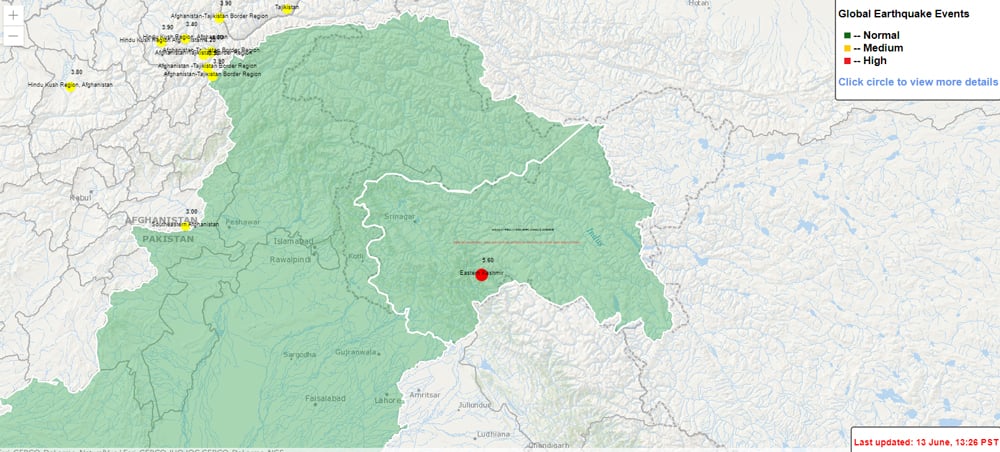(CTN News) – A recent earthquake in Pakistan’s capital, Islamabad, again highlighted the region’s vulnerability to seismic activity. The tremors in Eastern Kashmir shook the city and its surroundings, causing panic among residents.
Although no casualties have been reported, the incident has reignited concerns about Pakistan’s infrastructure safety.
This article explores the seismic risks faced by the country and emphasizes the need for robust measures to mitigate potential catastrophes.
The Recent Earthquake and its Impact:
The earthquake, which occurred at 1:04 pm local time, startled the residents of Islamabad and led to a swift evacuation of office buildings.
Journalist Sarah Batool Haider described the experience as horrifying, particularly because this was the second earthquake to hit the capital quickly.
The Pakistan Meteorological Department (PMD) reported that the quake had a depth of 10 kilometers, with its epicenter in Eastern Kashmir at coordinates 75.97 E longitude and 33.32 N latitude.
The tremors were also felt in Indian Illegally Occupied Kashmir (IIOJK) and parts of India, including New Delhi.
Seismic Concerns and Infrastructure Safety:
In light of recent earthquakes in Turkey, Syria, and Pakistan, questions have arisen regarding the safety of infrastructure in the region.
The National Seismic Monitoring Centre in Islamabad revealed that the earthquake’s epicenter was located on the Tajikistan border, 223 kilometers underground.
The tremors were felt in various areas of the Upper Neelum Valley. It is imperative to assess whether the existing infrastructure in Pakistan is adequately prepared to withstand seismic events of similar magnitude or even low-intensity earthquakes.




